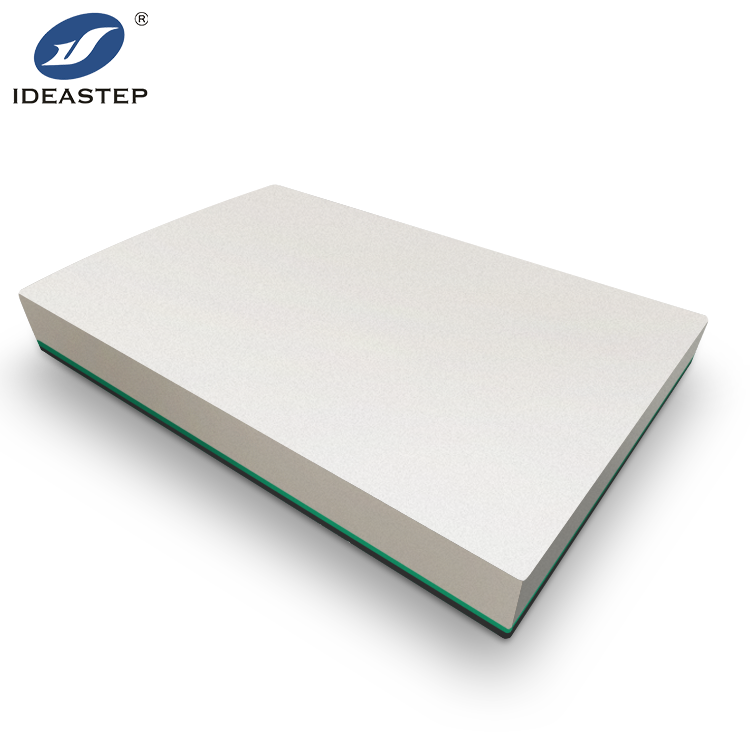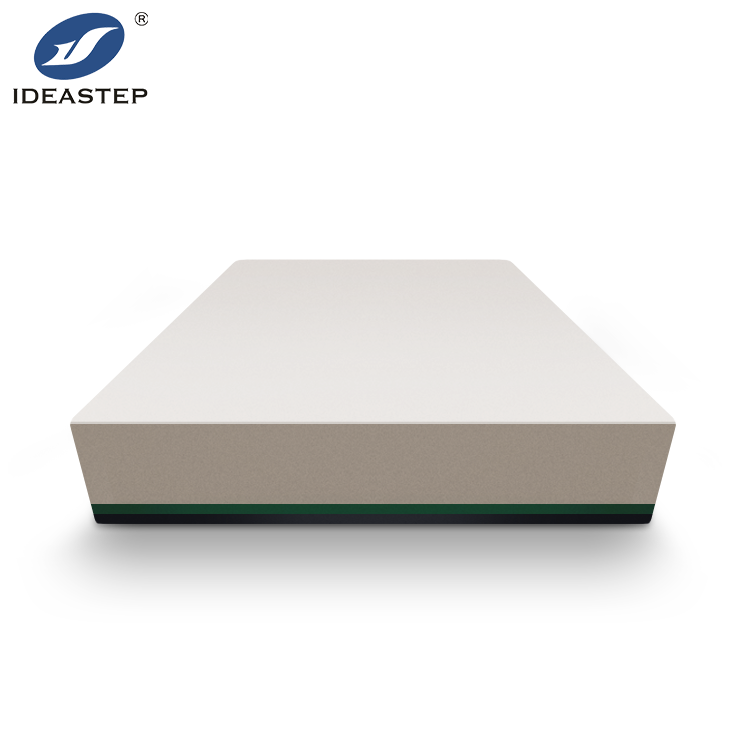Best Practices for Using EVA Decking Sheets in Outdoor Spaces
EVA (Ethylene Vinyl Acetate) decking sheets are rigid and flexible, with excellent weather resistance, and have thus become one of the favored applications for outdoor usage. It doesn’t matter where you’re decking out — be it a patio, a pool area, or a walkway. You can boost performance and life by knowing how to best use EVA decking sheets correctly. Herein lies the ultimate guide on best practices for using EVA decking sheets on outdoor spaces.
About EVA Decking Sheets
EVA decking sheets are manufactured from a copolymer blend of ethylene and vinyl acetate. The combination creates a somewhat stretchy material that bounces back, which is great for use in open areas. EVA sheets are known for mainly two things: quality shock absorption and resistance to moisture. Besides, they are pouring and setting out well across a wide range of climatic conditions. Such features make them smart choices for deck comfort and protection.

How to Choose the Right EVA Decking Sheet
Of great importance is the ability to choose the right EVA decking sheet material such that it will serve you well in the outdoors. Some considerations to make in this case include:
- Thickness and Density: EVA sheets normally come in different thickness and density combinations. A thicker sheet normally offers both cushioning and durability characteristics. Weigh traffic and type of usage to establish the appropriate thickness.
- Color and Finish: Color and finish are directly important to the aesthetic appearance and functionality of the EVA decking sheet. Light colors might not absorb heat and allow it to remain softer on the feet under direct sunshine, whereas a textured finish ensures an anti-slip attribute even when wet.
- Weather Resistance: Ensure that the EVA sheet is designed to stand in the open atmosphere, including UV rays, rains, and temperature fluctuation. Some EVA sheets are given enhanced treatments to be more weather-resistant.
Tips for Installing EVA Decking Sheets
The secret to an enduring and highly functioning deck is installation. The following best practices should be followed:
- Surface Preparation: A surface should be prepared for fixing EVA decking sheets. Properly clean the area; ensure it is free of any kind of waste wear, dust, and oil; and let it dry before laying down the sheets.
- Cut and Shape: Use a sharp utility knife or band saw to cut EVA sheets to size; measure carefully and make exacting cuts to ensure a snug fit. Do not apply too much heat or too much force upon the material, as this can change the properties of the material.
- Adhesive Application: The product will come with good quality adhesive that is suitable for application with EVA materials. The application is done evenly on the surface area, and sheets are firmly pressed into place. For best results on this, one may follow the instruction from the adhesive manufacturer concerning curing times and means of application.
- Sealing Edges: See to it that edges are tightly sealed so no water will be trapped in there, greatly enhancing the lifespan of the EVA decking sheet. A suitable sealant can be used to fill it in the gaps and at the same time provide a nice finished look.

Maintenance and Care
Proper handling and caring for EVA decking sheets extends life and keeps them looking nice:
- Cleaning: To keep it in proper shape, it is necessary to clean the surface from time to time. The method involves the use of mild detergents and water on a regular basis. Avoid using harsh chemicals or abrasive cleaners; they can make the material lose its aesthetic appeal. For stubborn stains, a soft brush or cloth is recommended.
- Inspection: Check the decking material for wear and damage from time to time, like loose edges. Of course, all these problems should be fixed promptly to avoid further issues.
- Protective Coating: A protective coating is suggested to impart better UV resistance as well as better qualities of color retention to EVA sheets. The manufacturer can help you with guidance on selecting the protective coating products.
Troubleshooting
There may be at times, even after proper installation and maintenance, the following problems arise. Some ways to avoid those are:
- Peeling Edges: If the edges of EVA decking sheets are peeling, the reasons for this could be insufficient adhesive or improper surface preparation. Reapply adhesive and make sure the surface is well cleaned before re-installation.
- Bubbling or Bumps: Bubbling or bumps may be formed in case air was trapped at the time of installation — trim and reseal any affected area, hence removing air from beneath to leave an even surface.
- Discoloration: EVA decking sheets have a tendency to discolor over time. While this has little or no effect on performance, a protective coating ensures the color changes are kept minimum.

FAQ
Can EVA decking sheets be used in all climates?
A: EVA sheets are designed to withstand wide climatic variations, though again, their performance depends on the existing conditions. Ensure the sheets are rated with respect to your area’s specific conditions like very high temperatures or extremely high UV exposure.
How do I get rid of old EVA decking sheets?
A: Dispose of EVA decking sheets as permitted by the law and local regulations. Many EVA materials can often be taken to many sites for reclamation. Guidance on their disposal can be sought from local waste management facilities.
Can EVA decking sheets be repaired in case of damage?
A: EVA decking sheets, when minor damages occur, are often reparable by a simple procedure: re-fixing using the adhesive or a sealant can be used to repair them. Major damage can, however, have you consider replacing them.
